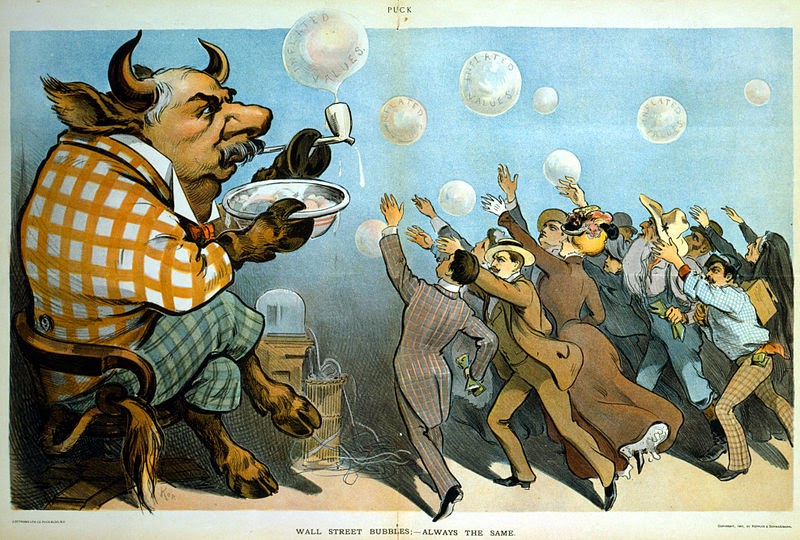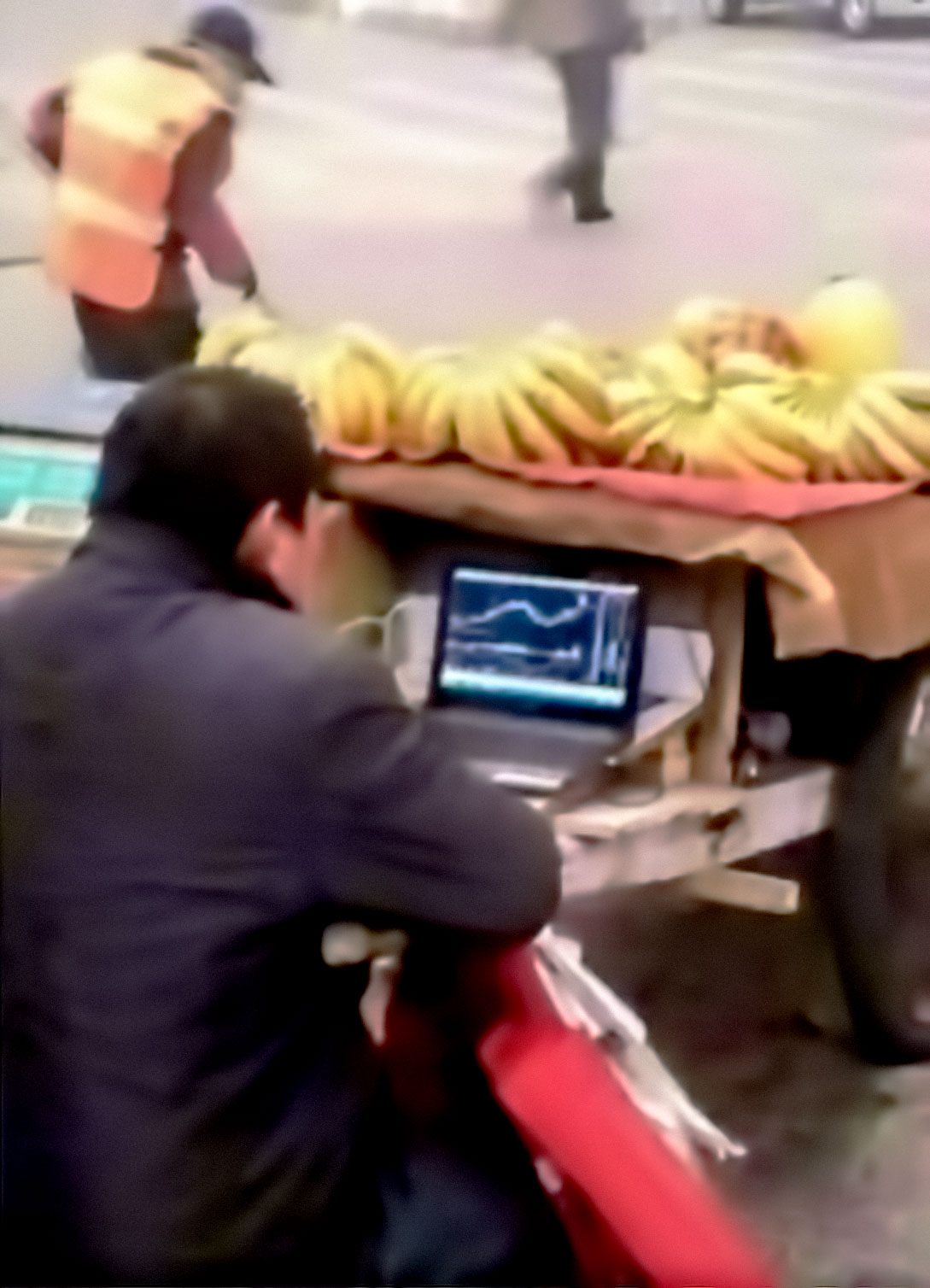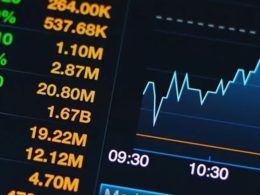by Jesse Felder, The Felder Report
Monday I tweeted:
A few folks asked me what I was referring to so I thought I’d explain in a bit more detail here. First, John Hussman has recently made some very good points as to why a prudent investor may want to consider weighing the prospects for future equity returns against the potential risks. Very simply he suggests that in every prior market cycle stock market valuations fell to roughly half their current level (see the tweet below).
Now it’s become popular to rationalize this fact by attacking Hussman’s credibility. However, this totally ignores the issue at hand, that stocks are now as extremely overvalued as ever hence risk to the downside is about as great as it has ever been. Even if a source is not credible (and I personally believe Hussman’s research is very solid) that doesn’t invalidate the fact that that source is bringing to the table. This is nothing more than a classic logical fallacy.
Another interesting example of the rationalizing going on today is whenever someone points out that equity valuations are extremely high, critics immediately point to interest rates to “justify” those high valuations. However, this is nothing more than a red herring to distract from the main point: high valuations imply low future returns along with heightened risk. Do interest rates ameliorate these concerns? Not in any way. To paraphrase “Fight the Fed Model,” they merely tell us how we got here (low rates inspire greater risk taking).
In fact, a very common response I’ve heard to any suggestion that stocks are extremely overvalued is that bonds are even more overvalued than stocks. If it’s true that bonds are in a bubble AND they are what’s supposedly justifying record-high median equity valuations it’s hard not to believe that equities are in a bubble, as well. Ultimately, deferring to the interest rate discussion is nothing more than a classic distraction technique.
Finally, I’ve presented a few graphics over the past few months that visually display the risk/reward equation now facing investors. According to Jeremy Grantham’s GMO, investors in the stock market face a possible decline of about 40% (risk) in order to now achieve a 7-year annual return of about -2% (return).
The common response to this is, “you can’t time the market,” which is nothing but a straw man. Seeing the risk/reward equation for what it is and then appropriately positioning is not “timing the market.” It’s called “investing.”
So rationalize these indicators at your own risk. Just be aware of the logical fallacies at work because they are at the root of the single greatest mistake investors make. It might also be noteworthy to observe the prevalence of this sort of thinking to begin to have some sort of idea of where we stand in terms of the larger market cycle.
Standard
Copyright © The Felder Report















